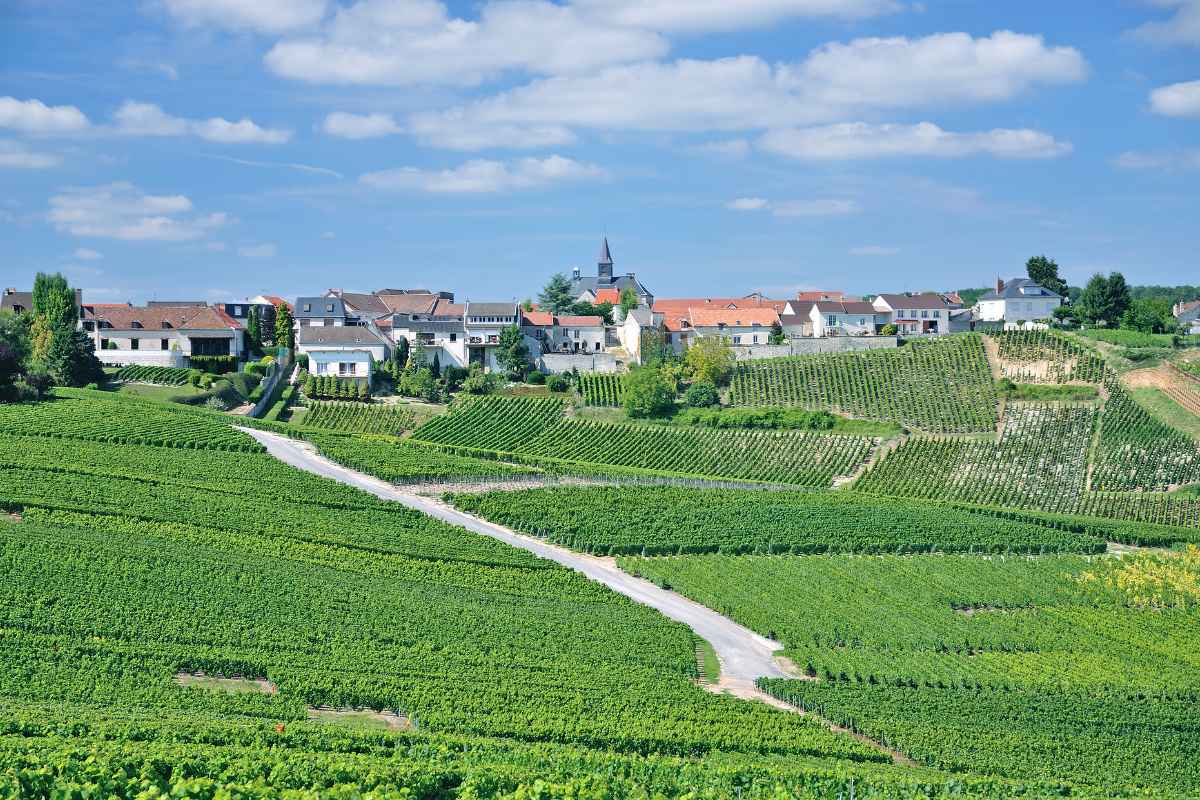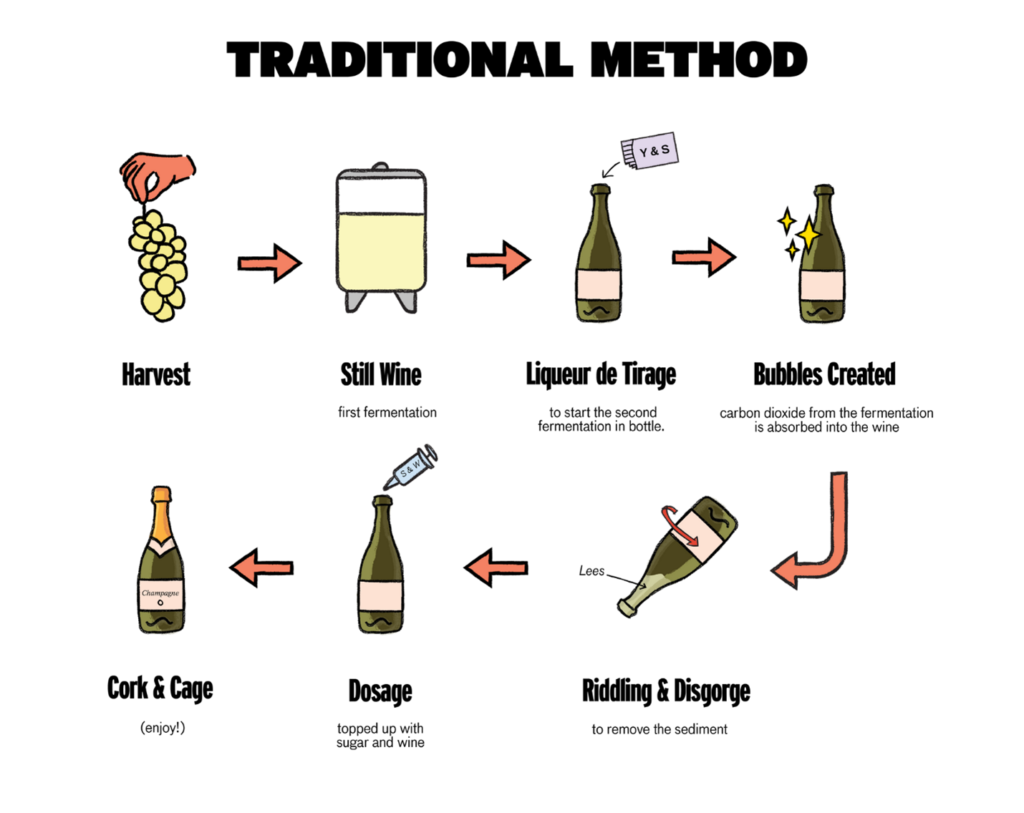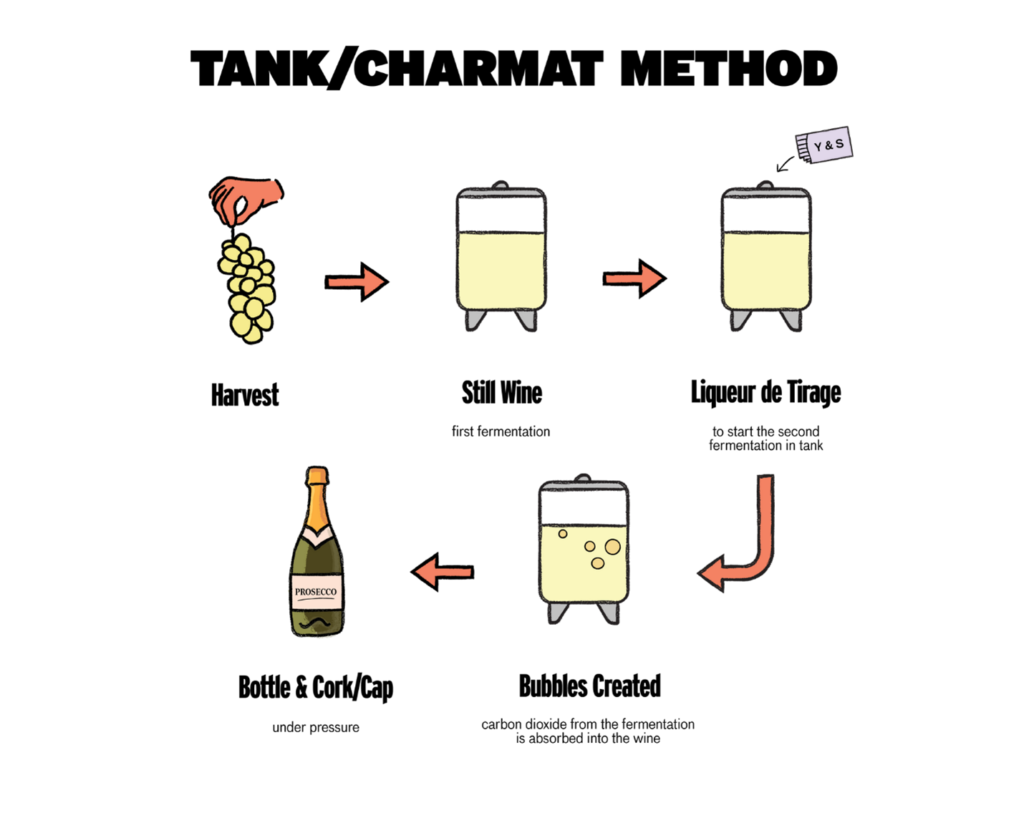
Champagne…the word is familiar to all, but often generates confusion. Many different types of bubbly wine are produced throughout the world: Prosecco, Cava, Sparkling Wine, Sekt, Espumante, etc. But are these the same as Champagne? And then there are the different styles which lead to wine descriptions that seem almost comical. For example, this is an actual description of a highly regarded, 99+ point French Champagne:
“…Light gold. The best analogy I can come up with for the intensity, focus and clarity of this Champagne is liquefied barbed wire. Utterly hallucinatory…”
Yikes! What does that mean and does it help you to make an informed purchase? Rather than start with the unapproachable let’s break into the Champagne Lifestyle with a short history of this ubiquitous wine.
While the Romans had brought the art of viticulture to France in the first century AD, it was the city of Reims (another tricky word to pronounce: say Rrraaance) and its striking cathedral where French kings were crowned that pushed the Champagne region to its level of prominence for fine wine. The pressure was on to equal the great Burgundy wines however, this was challenging as the cold winters in the region caused the fermentation of the wine to stop. Wine was often then bottled and put into the cellar for storage however, with the arrival of the warm weather of spring, the dormant yeast cells were reawakened and fermentation would begin anew. Since glass bottles were not uniform in quality, many exploded! However, those that did not break contained sparkling wine as the fermentation continued in the bottle.
Enter a now famous monk and cellar master at the Benedictine Abbey of Hautvillers, Dom Pérignon (1638-1715). Dom Pérignon is credited as the inventor of what is known as a second fermentation in the bottle. He was also the first winemaker to produce white wine from red grapes. These were key turning points in the refinement of Champagne wine.
Champagne has always been an expensive wine largely because of the time required to produce it. The two common methods of production for sparkling wines are called Charmat (Tank) Method and Traditional Method (méthode traditionelle). The word “Champagne” itself is highly regulated and can only be used on wines that are exclusively produced in the Champagne region of France. The most common grape varieties used for Champagne are Pinot Meunier and Pinot Noir for red grapes and Chardonnay for white grapes. The European Union also stipulates that the term méthode champenoise only be used on wines from the Champagne region, while sparkling wines from elsewhere may be labeled méthode traditionelle, traditional method, or other terms depending on local regulations.


Another important designation to understand is vintage or non-vintage. Vintage designated sparkling wines must be aged for a minimum of three years in the bottle while non-vintage sparkling wines only require 15 months of aging. In general, non-vintage sparkling wines are often not as complex on the palate yet are beautifully put together and easier to drink without food.
Baldacci Family Vineyards became interested in the traditional method of sparkling wine when Tom Baldacci and his son Michael took a three-week tour of France in 2018. They visited many of the famous Champagne houses in Reims and returned to the Napa Valley with an observation: the Champagne region of France is their coolest wine growing region…the Carneros appellation in the Napa Valley is our coolest growing region. Our Honey B vineyard already produces outstanding Chardonnay and Pinot Noir. Why not try our hand at sparkling wine?
In 2018, Michael picked both Chardonnay and Pinot Noir in mid-August when the grapes had a higher acid and lower sugar profile. The two lots were blended and he named the wine Pops in recognition of his father and to underscore the role of sparkling wine as a wine of celebration and joy. We released our first Pops in the fall of 2020. It was a blend of 70% Chardonnay and 30% Pinot Noir with a light salmon color and it was very effervescent. The wine had beautiful notes of ripe pear and honeydew melon with flavors of toasted almonds and brioche.
In 2019, Michael again picked two lots of Chardonnay and Pinot Noir in mid-August. However, this time, he did not blend the two base wines. The Blanc de Noir was made from 100% Pinot Noir grapes and was released in early 2021. The color was distinctly pink with prominent aromas of wild strawberries and raspberries. This version was very fruity on the palate as well with red cherry and cassis flavors. Both of our first releases were bottled in flint (clear) glass to highlight the color of the wine.
Our final expression from the 2019 vintage is a gorgeous Blanc de Blancs made from 100% Chardonnay. To protect the delicate pale-gold color we have bottled the wine in green glass. The bubbles are small and delicate, and the aroma is highlighted with notes of Meyer lemon and buttered toast. Flavors of green apple and lightly toasted almond are wrapped in a crisp, bright acidity. This is our most Champagne-like version! All of our bubbles are non-vintage, estate grown, brut style (dry with no residual sugar) versions made in the traditional method. Rather than age the wine for three plus years in the bottle, we focus on a balanced style that is well suited for a multitude of occasions.
We invite you to join us in our embrace of the Champagne Lifestyle. The key is to not be fussy but rather adventurous. Enjoy your bubbles as a prelude to a multi-course meal or while watching your favorite sporting event with simple snacks like chips and guacamole or richly buttered popcorn. Cold winter weather? Perfect! Drink with fondue. Hot summer day? Pair with fresh oysters, poke or ceviche. The versatility is endless.
Cheers!
Answer every question correctly on our quiz below and we’ll send you a complimentary wine ice bag…perfect for keeping your wine chilled!